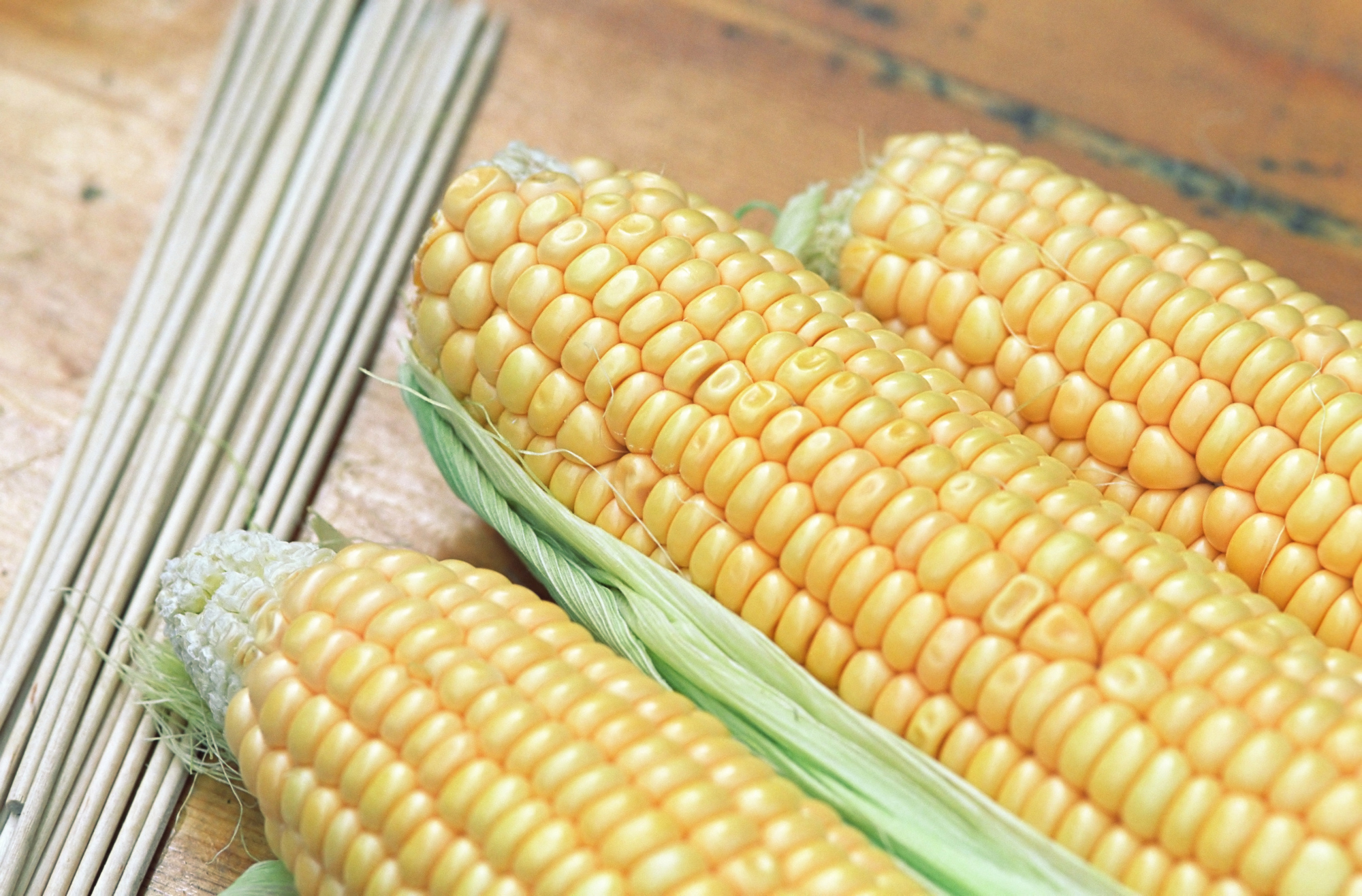
While the controversy over genetically engineered (GE) foods rages on, the the Environmental Working Group–an organization and advocacy group that is pro-labeling–has compiled a handy guide to eating GMO-free.
Consumers are the primary voices behind labeling, arguing the effects have not been studied long enough, and that many places outside the U.S., like France, Germany, Japan, Australia, Russia, China, and the U.K., already label GE food. Scientist argue GEs could be the solution to providing sustainable food on the global scale.
Wherever you fall on the GM food spectrum, the truth is that they’re almost unavoidable. In 2013, the Center for Food Safety estimated that more than 75% of food in supermarkets could contain genetically modified ingredients. For instance, corn and soybean ingredients, sugar, and vegetable oils are the most commonly genetically engineered products. Other foods like papaya and zucchini are also heavily modified.
Whether you want to know what to avoid or just want to be educated, check out the guide here.
More Must-Reads from TIME
- Cybersecurity Experts Are Sounding the Alarm on DOGE
- Meet the 2025 Women of the Year
- The Harsh Truth About Disability Inclusion
- Why Do More Young Adults Have Cancer?
- Colman Domingo Leads With Radical Love
- How to Get Better at Doing Things Alone
- Michelle Zauner Stares Down the Darkness
Contact us at letters@time.com